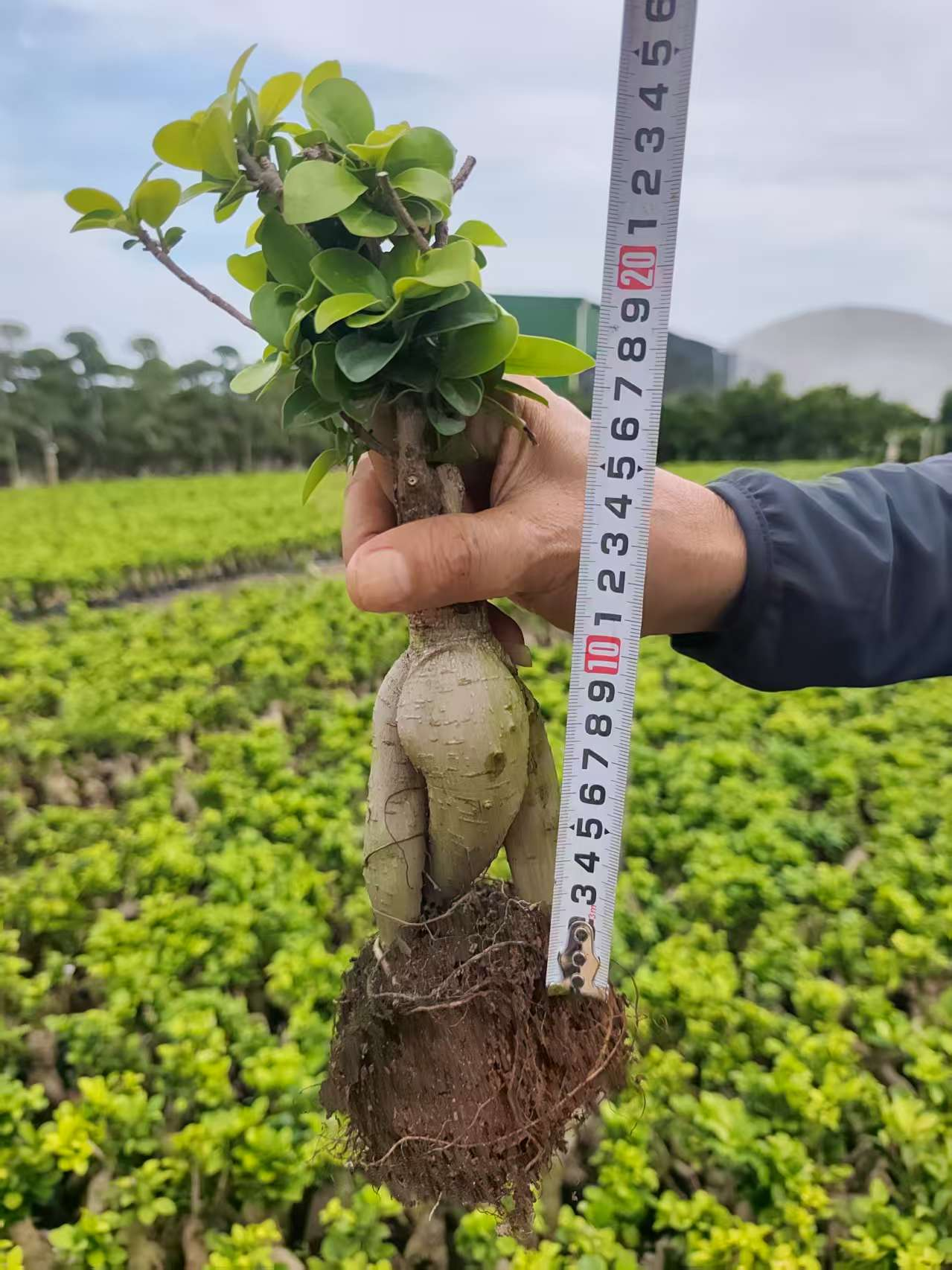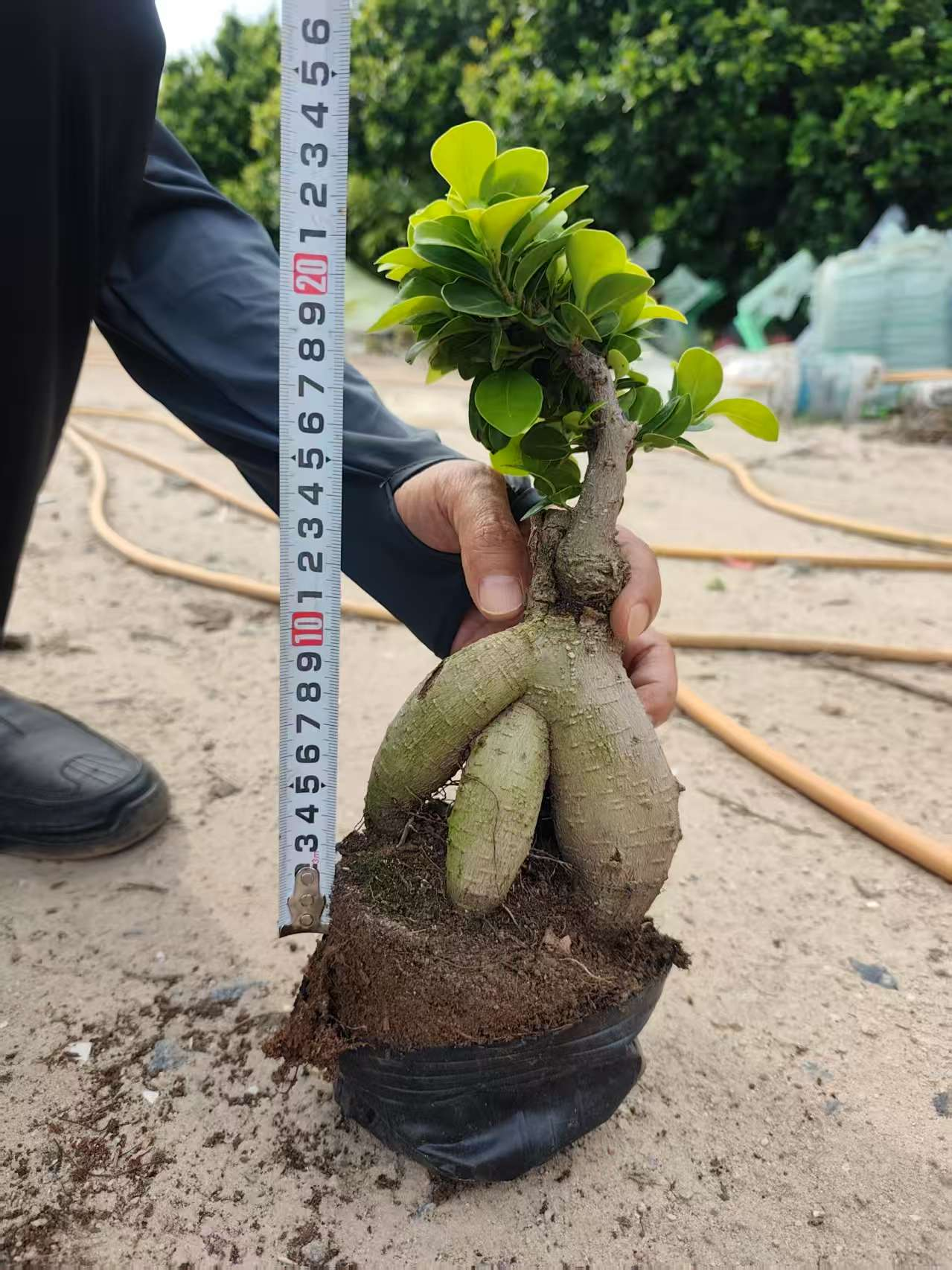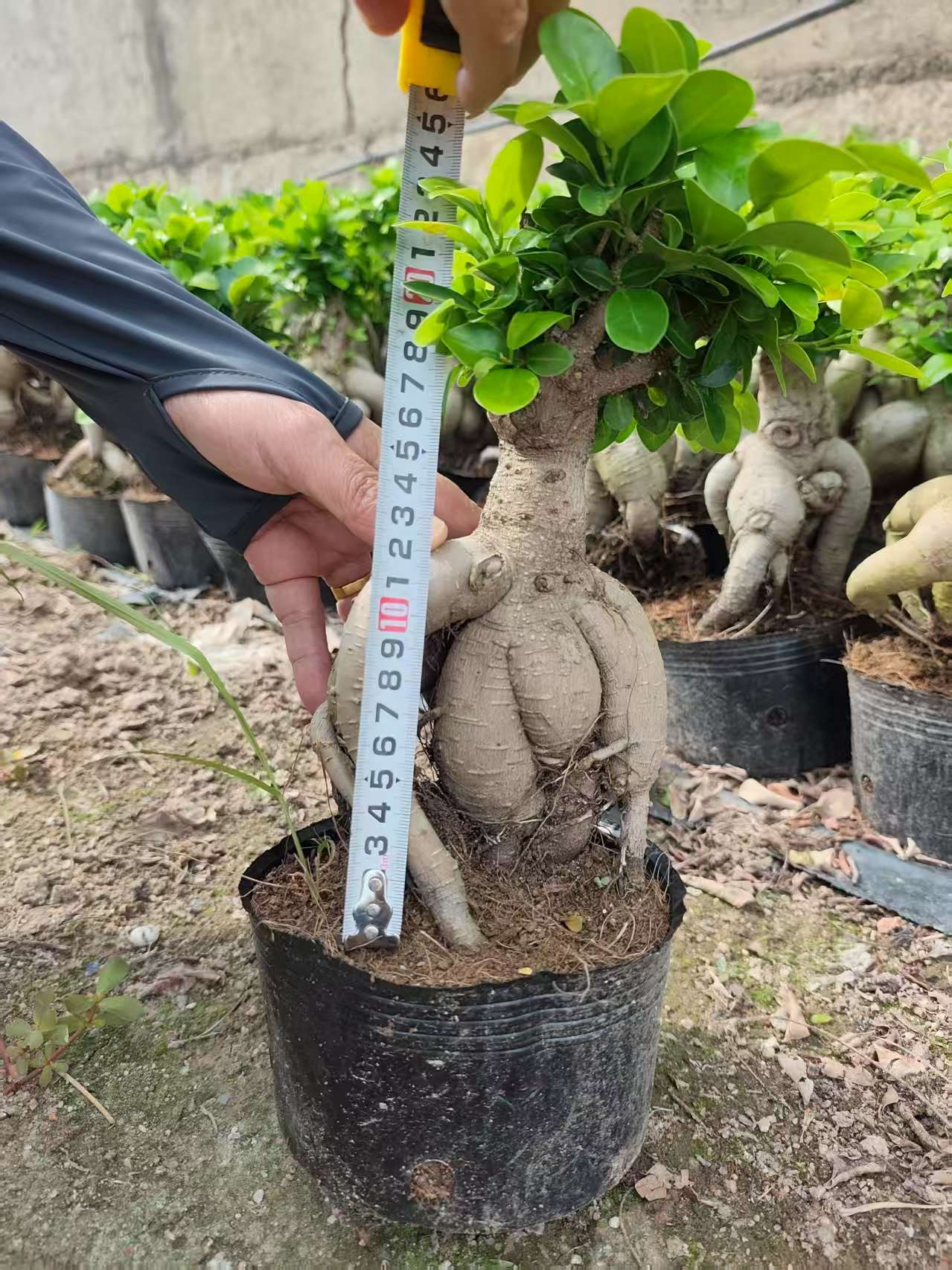The ginseng fig is a fascinating member of the Ficus genus, beloved by plant lovers and indoor gardening enthusiasts alike. This unique plant, also known as the small-fruited fig, is known for its striking appearance and ease of care, making it an ideal choice for beginners and experienced plant enthusiasts alike.
Native to Southeast Asia, the Ficus Ginseng is characterized by its thick, gnarled trunk and glossy, dark green leaves. Its unique root structure resembles that of a ginseng root, hence its name. This fascinating feature not only adds to its beauty, but also symbolizes strength and resilience in different cultures. The Ficus Ginseng is often used in bonsai creations, which highlight its natural growth form and create miniature trees that are both beautiful and meaningful.
The ginseng fig is relatively simple to care for. It prefers bright, indirect sunlight and well-drained soil. Regular watering is essential, but be sure not to overwater, as this can cause root rot. The ginseng fig also has the ability to purify the air, making it a great addition to any indoor space. With proper care, the ginseng fig will thrive and add a touch of nature to your home or office.
In addition to its beauty and air-purifying properties, the fig is often associated with good luck and abundance. Many people choose to grow this plant in their homes as a symbol of positive energy and growth. Whether you are a gardening novice or an experienced gardener, adding the fig to your plant collection can bring joy and tranquility to your environment.
All in all, the Ficus microcarpa, also known as the Small-leaved Ficus microcarpa, is not only a beautiful indoor plant, but also a symbol of tenacity and prosperity. With its unique appearance and easy-to-care characteristics, it is no wonder that it is loved by indoor gardening enthusiasts. So, do you know about the Ficus microcarpa? If not, maybe it’s time to explore the secrets of this amazing plant!
Post time: Jun-06-2025




